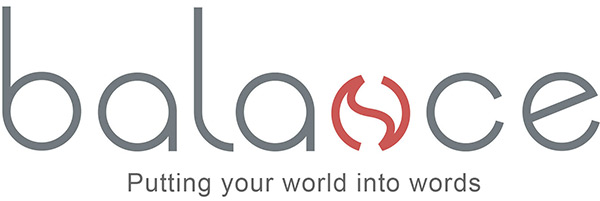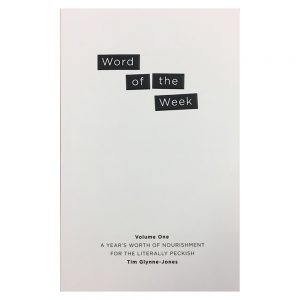There’s something strangely comforting about an invitation to tender (ITT), request for proposal (RFP), request for quote (RFQ), request for tender (RFT) or whatever you want to call it. Unlike a cold pitch, where you’re guessing to a certain extent as to what pushes the buttons of your prospect, an ITT tells you exactly what they’re looking for.
It’s a bit like those comprehension exercises you were presented with at school, where they gave you a passage of prose and you had to answer questions with direct references to the text and quotes from it. In short, the answers are in the questions and the more you stray from the prescribed path, the fewer marks you’re going to get from teacher.
What’s that? You were no good at comprehension at school? Ah well, we can always help you with that. As a starter, here’s a simple six-point plan for writing winning tenders.
1 Don’t waste your time on futile bids
Before you do anything else, read and understand the scope of the contract and decide whether it’s a bid you think you can win/want to win. Read the selection criteria and if there are any that you can’t meet, pull out. You can invest a lot of time and money into producing strong tenders but if you don’t really want the work or you don’t rate your chances of winning it, send a letter thanking them for the opportunity but politely declining.
2 Read the instructions. All of them
That’s the beauty of an ITT: it tells you exactly what you need to do. Follow the instructions to the letter. And read all the instructions before embarking on any responses. You don’t want to get to the end and find the final instruction is “Ignore all previous instructions.” Make a note of the deadline, how they want your bid submitted, who to send it to etc. Pay attention to the things they ask you not to do – and don’t do them! At the very least your bid should show that you can follow simple instructions.
3 Answer the questions
They’ve worded their questions to prompt the information they need to reassure them that you’re capable of meeting their needs. Don’t ignore them and write what you want to say about your company. Make sure your responses answer every part of the question and make them as compelling as you can. That means not just telling them “how you manage staff absence” but what are the benefits of your approach, with an example or two if possible. Once you’ve answered the question as convincingly as you can, stop!
4 Pay special attention to the Executive Summary
Imagine you’re the one who’s got to assess all these tenders when they arrive. How much time do you want to commit? Despite all the work you put into your responses, it’s depressingly common for the client to base their decision, or at least their initial cull, on two things: the price and the Executive Summary. So help them out. Make sure your Executive Summary does a brilliant job. It must be engaging from the very first word, rich with impressive references and stats, easy to read, and it must show the following:
1 You understand their situation and need/problem.
2 You have the solution.
3 You can be trusted to deliver that solution.
4 You really want to win their business.
5 Make it easy for them
Keeping your writing succinct and to the point is crucial; so is the way you lay the document out. Good design will make your tender much more attractive and accessible for the reader. Set out the original questions prominently for fast reference, word your headlines to reflect the wording of the questions and use page furniture like pull quotes, stats boxes and graphics to highlight strong selling points. If you can get your point across at a glance, it will have a big impact on the reader.
6 Check it over
Accuracy says as much about your business as your ability to answer the question. Get at least one other pair of eyes to read your document, looking out for typos, missing text, poor picture choices, anything that detracts from the positives. Double check that you’ve answered all the questions, in order, and that you’ve fulfilled all the instructions. There’s usually a check list: use it.
And once it’s all in good shape, just make sure you deliver it on time.


